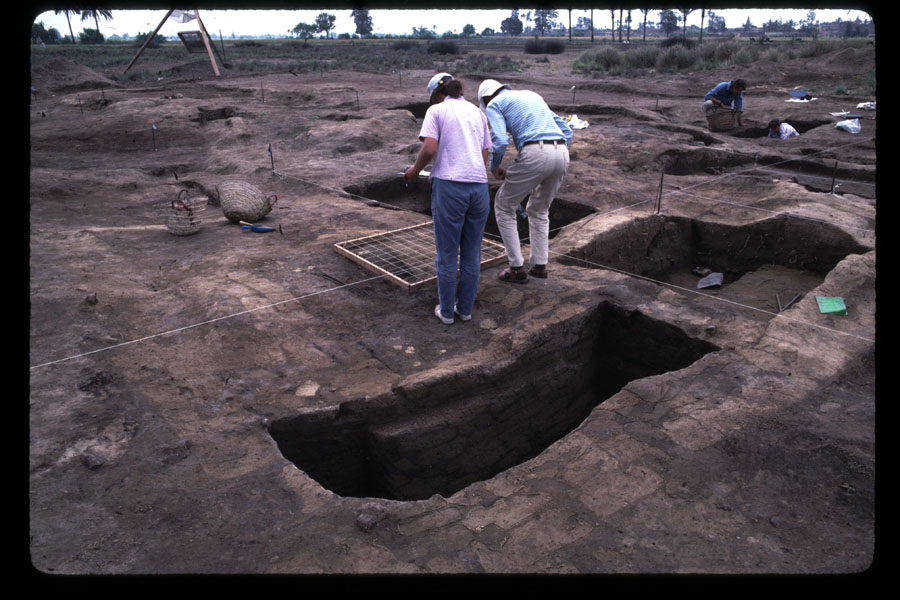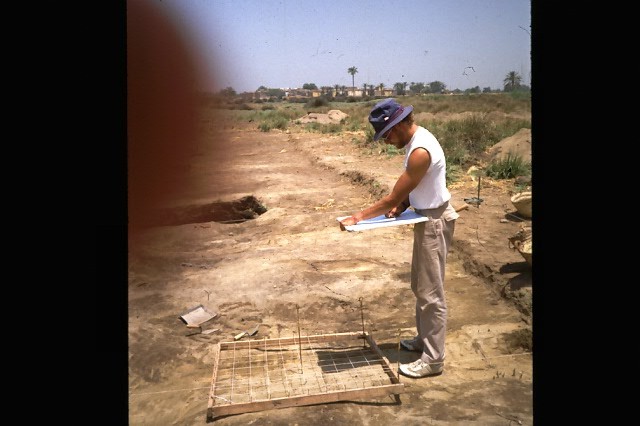Blogging update Posting may be light in the next couple of days as I've contracted a slight cold. Odd one, too; it didn't start with a sore throat it just went straight to my head. Quickly.
But I feel wordy tonight because all I'll be doing for the next few days is couging, sneezing, and cranking out data. So I will engage in a bit of verbal diarrhea and regale you, gentle readers, with two more of my possibly quirky habits.
Item:

Yes, I admit it, I purchased the latest(?)
Tomb Raider for PS2. Notably,
Tomb Raider: Legend. I got the original one and absolutely loved it. A true classic. I don't play too many of these things, but I went through all of the original series for PS1. The first one is still the best, with a few caveats related to the game itself. The designers did a nice job on the environment and made a great virtual world to run around in.
I got a PS2, but haven't used it much because the first Lara Croft game for it was not to my liking. They changed the controls and I could NOT get her to move where I wanted, so I mostly quit trying. This one works much better. The engine makes for better scenery and. . .well, let's face it, Lara's rather obvious and characteristic, ahhhh,
accouterments are far more. . .ummmm. . .lifelike.
I'm still waiting to see if the designers worked anything into the character if you pan the viewer and get up close and personal with said
accouterments for more than a few seconds.
They also have a reengineered version of the original for the new machine and such, which I shall also have to get. That's about the only thing I play on the dumb thing.
Item: Bobby Darin

I'm not entirely sure where I picked up the Bobby bug, but it was only a few years ago. I remember thinking
Mack The Knife was a cool song, but I never really got into that older 'crooner' stuff (Sinatra, Dean Martin, etc.). now I absolutely love it. Partly it was the old TV show
Millennium that featured his music in a few episodes (apparently one of the producers liked Darin so that was written into the Frank Black character). There was one in particular,
Goodbye, Charlie, that featured that particular song;
Millennium was a creepy show and this particular song was not only swingin' but also kinda creepy if you listen to the words (a lot of his songs are like that). Also, back when internet radio was young, I found a station in Newburyport, MA, name of
WNBP. Their carrier went bust in the bubble so you can't listen online anymore, but I listened to them during the holiday season a couple of years and developed a real fondness for that sort of tunage.
I have a bunch of Sinatra CDs, but overall I like Darin better. He certainly didn't have the pipes of some of the other singers of that era and in his later years did some really weird folksy stuff, but his standards are FUN. He just seemed to capture that hip, cool zeitgeist from the late '50s and early '60s. I bought
That's All first and. . . .well, I wondered what the heck I was getting into. If you're unaccustomed to that genre and only know basically rock'n'roll it takes some getting used to. But baby it swings! It's all classic "standards" type stuff (I had no idea he did "Splish Splash" at the time). Then I picked up This is Darin which is also standards. After that, it was a matter of hunting down compilations and what-not to get most of the good songs. I got a couple LPs of his later and earlier stuff, which are okay, but I don't listen to them very much. He was supposed to be an excellent entertainer live, but I prefer his studio material.
He was kind of a tragic figure. He had rheumatic fever as a boy and wasn't expected to live long, which undoubtedly contributed to his manic sense that he needed to make his mark as soon as possible. He died at only 37 and in a lot of ways is sorta forgotten. He donated his body to science so there's not even a grave to go visit.
Very politically incorrect in places, too. One song is about a fat chick who drowns. Another is largely about "black coffee and cigarettes" which would cause public health officials to go into a tizzy and slap warning labels on the record.
Songs to download:
Mack the Knife
Goodbye, Charlie
Clementine
Gyp the Cat
Beyond the Sea
Down With Love (cute movie, too)













